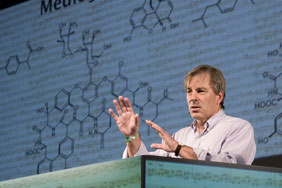 The European Research Council (ERC) of the European Union has awarded prof. dr. Bert Meijer of the Eindhoven University of Technology in the Netherlands an Advanced Grant of two million Euros. The money allows Meijer to explore the area of non-covalent synthesis of functional supramolecular systems.
The European Research Council (ERC) of the European Union has awarded prof. dr. Bert Meijer of the Eindhoven University of Technology in the Netherlands an Advanced Grant of two million Euros. The money allows Meijer to explore the area of non-covalent synthesis of functional supramolecular systems.
Nov 27th, 2009
Read more
A new European regulation will require cosmetics manufacturers to list any nanoparticles contained in products marketed within the European Union.
Nov 27th, 2009
Read more
Researchers have developed a new method to reduce the amount of radioactive waste considerably. The approach: small beads consisting of a special polymer which 'fishes' the radioactivity out of the water.
Nov 27th, 2009
Read more
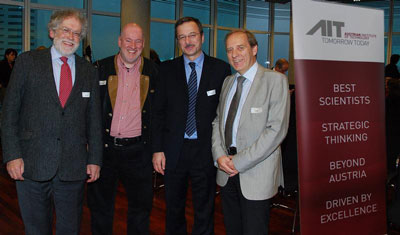 Aufbauend auf der weltweit erfolgreichen Grundlagenforschung von Anton Zeilinger in seinem Institut setzte das AIT Austrian Institute of Technology ein strategisches Ziel in der Industrialisierung.
Aufbauend auf der weltweit erfolgreichen Grundlagenforschung von Anton Zeilinger in seinem Institut setzte das AIT Austrian Institute of Technology ein strategisches Ziel in der Industrialisierung.
Nov 27th, 2009
Read more
We haven't had a Slow News Friday story in a while, so today, especially with the long holiday weekend in the States, would be a good time to take a look at the online game Nanovor.
Nov 27th, 2009
Read more
Despite a rise in their numbers, female scientific researchers remain a minority, accounting for just 30% of all scientific researchers in Europe.
Nov 27th, 2009
Read more
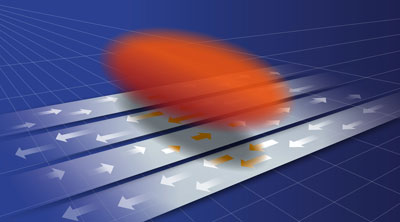 Physiker der Universitaet Bonn haben eine Art 'Mini-Ratsche' hergestellt, die vollstaendig quantenmechanisch funktioniert.
Physiker der Universitaet Bonn haben eine Art 'Mini-Ratsche' hergestellt, die vollstaendig quantenmechanisch funktioniert.
Nov 26th, 2009
Read more
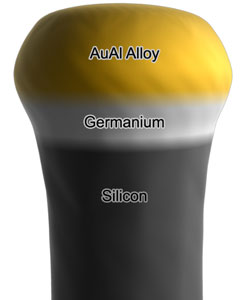 A new generation of ultrasmall transistors and more powerful computer chips using tiny structures called semiconducting nanowires are closer to reality after a key discovery by researchers at IBM, Purdue University and the University of California at Los Angeles.
A new generation of ultrasmall transistors and more powerful computer chips using tiny structures called semiconducting nanowires are closer to reality after a key discovery by researchers at IBM, Purdue University and the University of California at Los Angeles.
Nov 26th, 2009
Read more
The EU ERA-NET initiative EuroNanoMed will support eight transnational research projects with EUR 17 million based on the result of its first call for proposals, which was launched in May 2009 to promote collaborative and interdisciplinary research into nanomedicine - the application of nanotechnology to health.
Nov 26th, 2009
Read more
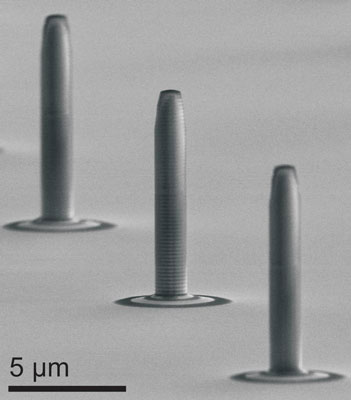 Wuerzburg physicists are global leaders in the creation of sophisticated nanostructures. The fruits of their research could make tap-proof data transmission a possibility in the future.
Wuerzburg physicists are global leaders in the creation of sophisticated nanostructures. The fruits of their research could make tap-proof data transmission a possibility in the future.
Nov 26th, 2009
Read more
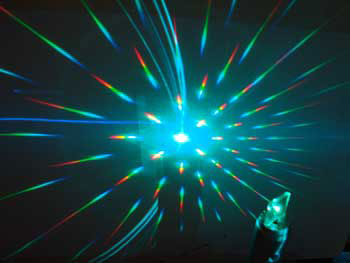 Ob es um die Entwicklung neuer optischer Materialien, wie etwa ultraduenne Metallfilme geht, um metallische Nanopartikel, um das Schalten mit Licht, um ultraschnelle Nanooptik, um Atomoptik in Wellenleitern, um Halbleiter-Quantenpunkte, um neuartige Lichtquellen und Interferometer oder um die Optimierung von Nano-Antennen: In der Optik, Photonik und Optolelektronik ist die Universitaet Stuttgart hervorragend aufgestellt.
Ob es um die Entwicklung neuer optischer Materialien, wie etwa ultraduenne Metallfilme geht, um metallische Nanopartikel, um das Schalten mit Licht, um ultraschnelle Nanooptik, um Atomoptik in Wellenleitern, um Halbleiter-Quantenpunkte, um neuartige Lichtquellen und Interferometer oder um die Optimierung von Nano-Antennen: In der Optik, Photonik und Optolelektronik ist die Universitaet Stuttgart hervorragend aufgestellt.
Nov 26th, 2009
Read more
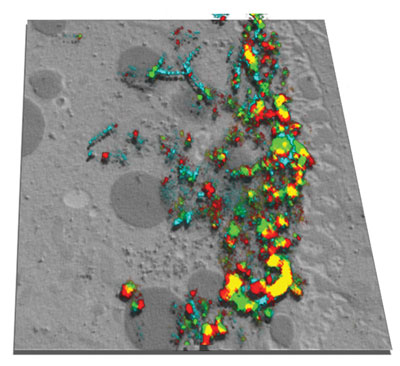 In the fruit fly Drosophila, oskar mRNA, which is involved in defining the animal's body axes, is produced in the nuclei of nurse cells neighbouring the oocyte, and must be transported to the oocyte and along its entire length before being translated into protein. Scientists have now visualized the molecular mechanism that underlies this localisation process.
In the fruit fly Drosophila, oskar mRNA, which is involved in defining the animal's body axes, is produced in the nuclei of nurse cells neighbouring the oocyte, and must be transported to the oocyte and along its entire length before being translated into protein. Scientists have now visualized the molecular mechanism that underlies this localisation process.
Nov 26th, 2009
Read more
Scientists from the MESA+ Institute for Nanotechnology of the University of Twente and the FOM Foundation have succeeded in transferring magnetic information directly into a semiconductor.
Nov 26th, 2009
Read more
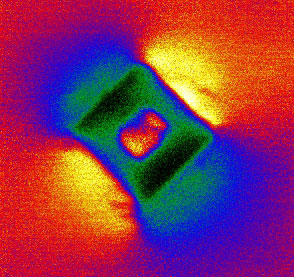 Chemists and physicists have succeeded in getting custom-shaped microparticles to interact and self-assemble in a controlled way in a liquid crystal.
Chemists and physicists have succeeded in getting custom-shaped microparticles to interact and self-assemble in a controlled way in a liquid crystal.
Nov 25th, 2009
Read more
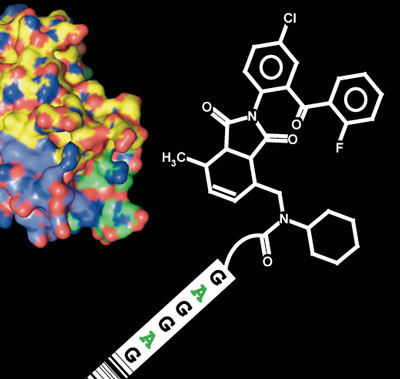 With a new screening method, based on a DNA-encoded substance collection, ETH researchers from the a group headed by Dario Neri, professor of bio-macromolecules at the Institute for Pharmaceutical Sciences, are attempting to revolutionise the search for potentially active substances for medicines.
With a new screening method, based on a DNA-encoded substance collection, ETH researchers from the a group headed by Dario Neri, professor of bio-macromolecules at the Institute for Pharmaceutical Sciences, are attempting to revolutionise the search for potentially active substances for medicines.
Nov 25th, 2009
Read more
Als gemeinsamer Verbund der Lipidforschung an den Universitaeten Heidelberg, Dresden und Bonn wird an der Ruperto Carola der Sonderforschungsbereich/Transregio 'Molekulare Architektur und zellulaere Funktionen von Lipid/Protein-Komplexen' eingerichtet.
Nov 25th, 2009
Read more
 The European Research Council (ERC) of the European Union has awarded prof. dr. Bert Meijer of the Eindhoven University of Technology in the Netherlands an Advanced Grant of two million Euros. The money allows Meijer to explore the area of non-covalent synthesis of functional supramolecular systems.
The European Research Council (ERC) of the European Union has awarded prof. dr. Bert Meijer of the Eindhoven University of Technology in the Netherlands an Advanced Grant of two million Euros. The money allows Meijer to explore the area of non-covalent synthesis of functional supramolecular systems.








 Subscribe to our Nanotechnology News feed
Subscribe to our Nanotechnology News feed